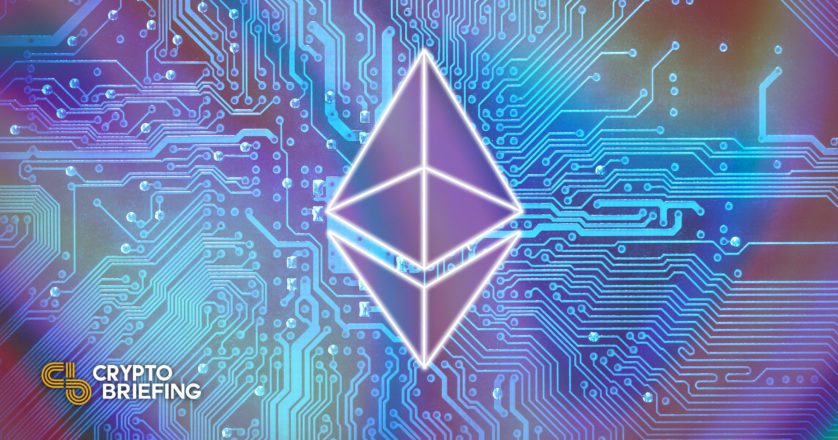Binance Now Supports Deposits to Ethereum Layer 2 Arbitrum
Binance is the first major exchange to support direct deposits to an Ethereum Layer 2.

Share this article
Binance has announced the completion of its Arbitrum One mainnet integration, allowing users to transfer Ethereum from their Binance wallet straight to the Layer 2 network.
Binance Launches Arbitrum Deposits
Ethereum’s biggest Layer 2 solution is gaining adoption.
Leading crypto exchange Binance announced Friday that it had completed its integration with the Arbitrum One network. Now, users are able to send Ethereum held on Binance directly to their Ethereum wallets on Arbitrum.
#Binance Completes Aribitrum One Integration and Opens Layer 2 $ETH Depositshttps://t.co/bZ2D1SVbHT
— Binance (@binance) November 19, 2021
Previously, users wanting to send Ethereum to Arbitrum first had to deposit onto the Ethereum mainnet then use an Arbitrum bridge, such as AnySwap, Hop, or Synapse. Using a bridge to transfer funds to Arbitrum can be costly, with gas fees reaching hundreds of dollars during periods of high network congestion. Now, users can move Ethereum straight to Arbitrum without paying the high gas fees to use a bridge on Ethereum mainnet.
In the same announcement, Binance stated that withdrawals from Arbitrum back to the exchange are not live yet, but will be opened at a later date. Over the past year, several major centralized exchanges have launched ETH 2.0 integration, allowing their users to stake Ethereum on the Beacon chain to earn rewards. However, Binance is the first major exchange to support deposits to an Ethereum Layer 2. With scaling solutions such as Arbitrum and the upcoming ZK-Rollup project StarkNet gaining traction, it’s likely that other exchanges will follow suit by integrating Layer 2 deposits and withdrawals.
Arbitrum is currently the biggest Ethereum Layer 2 network with over $2.3 billion total value locked in DeFi protocols according to DeFi Llama. The network uses Optimistic Rollups to drastically reduce gas fees and speed up transactions while benefiting from the security and decentralization of Ethereum mainnet.
Disclosure: At the time of writing this feature, the author owned ETH and several other cryptocurrencies.
